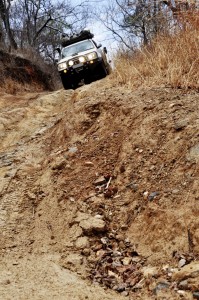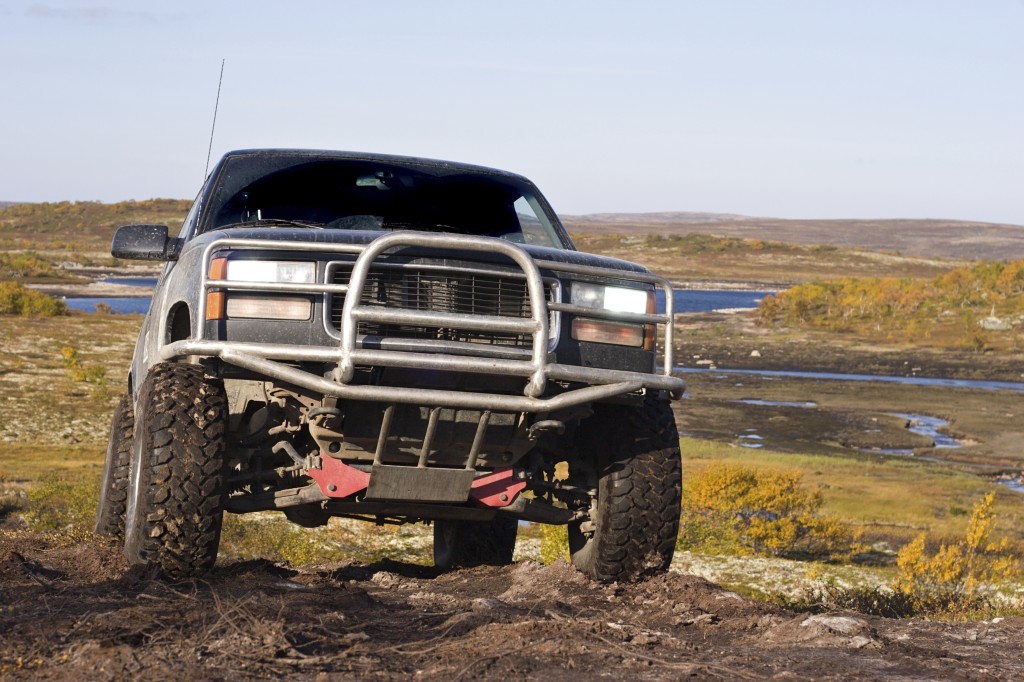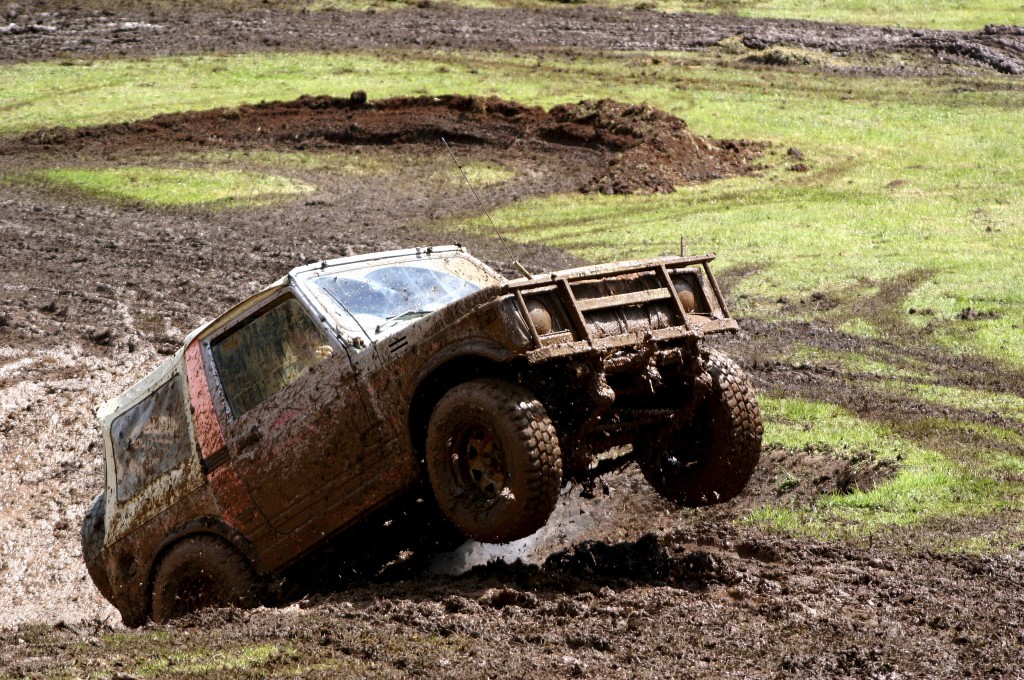When you hear that someone owns an off-road vehicle, you might expect them from time to time to do exactly that – go off road. However, perhaps because of today’s view of beckoning people to constantly consider the risks of anything they do, or maybe it’s because owning a highly powerful car is just a bragging point, but most off-road 4x4s spend their entire lives on the road. Oh, and using your 4×4 to travel in the snow doesn’t count!
So, if you’re one of those people that has owns a brilliant off-roading machine but has yet to see what it’s truly capable of, then we here at CWS want to show you how fun it is to finally get some mud on those tires.

You’ll probably remember in one of our previous posts, we talked about the equipment you want to take with you not just on the first time you go off-road, but every time you go off-road.
There are however, some golden rules when it comes to off-road driving such as:
- Drive as slowly as possible and as fast as necessary.
- Know your vehicle’s dimensions (width, height, length, etc.) – you don’t want to be pushing the boundaries too far.
- Avoid gear changes while negotiating tricky terrain.
- Read the ground for as far as you can – if it’s possible, you could try walking it to ensure there are no hidden surprises which could possibly damage and/or trap your vehicle.
- Don’t get prideful and be prepared to accept defeat at time – you can always try again, or try an alternative route.
- Keep both hands on the wheel at all times, even when you’re reversing.
- Tell people where you’re going, the route you plan to follow, and finally, when you expect to return.
Slippery slopes
One of the most likely terrains you’ll encounter on your first off-road venture is slippery or wet slopes which mean you can expect to slide from time to time. The general rules of thumb if you do encounter slippery terrain are not to panic and not to hit the brakes or clutch. If you’re going uphill, there’s a chance that your vehicle will begin to slip backwards and while usually your vehicle will be able to re-grip the terrain, it’s possible for you to continue to slide backwards and if this happens, you need to take action. Press the brake and clutch together which will lock the wheels while you select the reverse gear; once in reverse, release the clutch and break and allow said braking to take you to the bottom of the slope for a second attempt and then straighten the vehicle to avoid this happening a second time.

Climbing Hills
A common venture of off-roaders, especially ones native to this country, is climbing hills however, while this is common, it’s also one of the trickiest parts of off-roading. Fear not though, as there is an easy formula for anyone looking to conquer the steepest of hills with their vehicle:
A successful climb = sufficient traction + sufficient momentum + the correct route.
The route you choose should depend on a number of factors of: obstacles, existing tracks, ruts, and ‘no-go’ areas such as slippery or difficult ground conditions. The best way to tackle a hill is by driving straight up it as it minimizes side angles meaning your vehicle won’t slide. If you’re lucky enough to find a track that already has ruts, it’s best to stick to them as any risk of sliding is near enough diminished.

See, while many people believe that off-roading is incredibly unsafe, as you look into it, you see that you can enjoy the thrill of having no boundries on where you drive while being safe at the same time. That’s it for part one in this series, but check back soon for part 2!
Here at CWS, we pride ourselves in our 4×4 expertise – providing you with everything from helpful tips, to items such as Range Rover Parts. For more information on what we can do for you, contact us on 01458 834930 and one of our professional team members will be happy to help!


